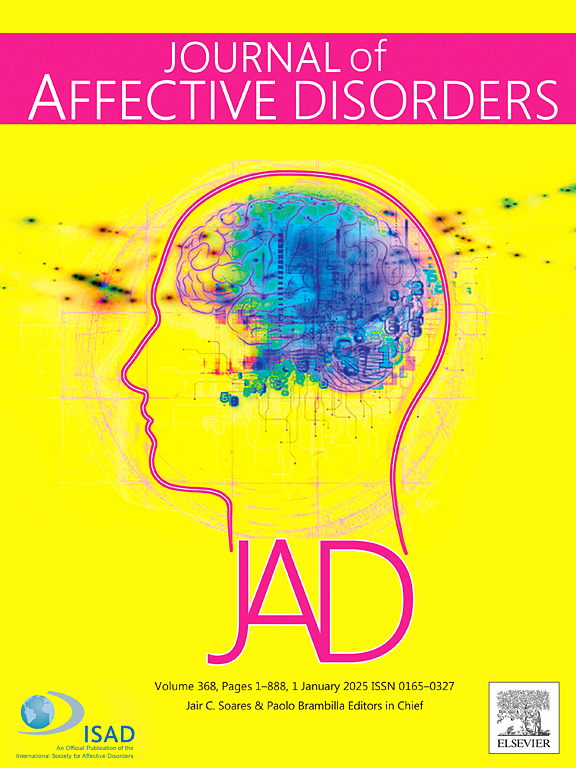Delayed niacin skin flush response identifies cognitive impairment in late-life depression
IF 4.9
2区 医学
Q1 CLINICAL NEUROLOGY
引用次数: 0
Abstract
Objective
This research aimed to inspect the discriminative and predictive utility of the niacin skin flush response (NSFR) in patients with late-life depression (LLD) with cognitive impairment (CI).
Methods
This study consisted of 86 LLD patients (46 with CI and 40 without CI), along with 22 Alzheimer's disease (AD) patients and 32 healthy elderly controls (HCs) as positive and negative controls, respectively. A subset of 74 LLD patients were reassessed after six months. The Montreal Cognitive Assessment (MoCA) was administered to assess cognitive capabilities. NSFR tests were performed using a modified protocol. Group differences in NSFR and clinical parameters were examined using multivariate ANOVA analysis. Model performance was evaluated using receiver operating characteristic (ROC) curves derived from NSFR measurements.
Results
NSFR showed a significant inverse correlation with cognitive functions in LLD patients (R = -0.456, P < .001). Moreover, the parameter logEC50, which quantifies the NSFR rate, was elevated in the LLD with CI group. LogEC50 had an AUC of 0.767 (95 % CI: 0.667–0.867) in distinguishing LLD with CI from those without CI, which increased to 0.961 (95%CI:0.925–0.998) when combined with C- reactive protein. The predictive capacity of the baseline logEC50 for cognitive prognosis (decline versus preservation) in LLD patients was statistically significant (AUC = 0.826, 95 % CI 0.731–0.921), which increased to 0.857 (95%CI:0.775–0.941) when combined with baseline MoCA.
Conclusion
A delayed NSFR represents a promising biomarker for identifying CI and predicting cognitive trajectories in patients with LLD. This study elucidates a novel methodology for the precise identification and prognostic evaluation of CI in LLD.
求助全文
约1分钟内获得全文
求助全文
来源期刊

Journal of affective disorders
医学-精神病学
CiteScore
10.90
自引率
6.10%
发文量
1319
审稿时长
9.3 weeks
期刊介绍:
The Journal of Affective Disorders publishes papers concerned with affective disorders in the widest sense: depression, mania, mood spectrum, emotions and personality, anxiety and stress. It is interdisciplinary and aims to bring together different approaches for a diverse readership. Top quality papers will be accepted dealing with any aspect of affective disorders, including neuroimaging, cognitive neurosciences, genetics, molecular biology, experimental and clinical neurosciences, pharmacology, neuroimmunoendocrinology, intervention and treatment trials.
 求助内容:
求助内容: 应助结果提醒方式:
应助结果提醒方式:


